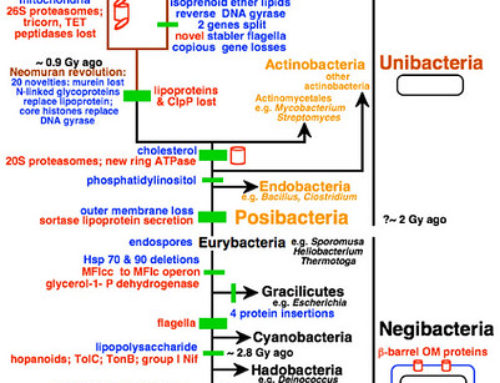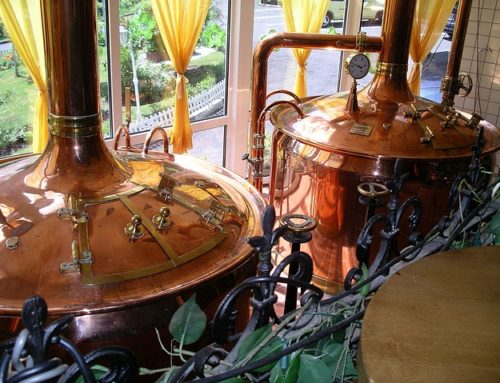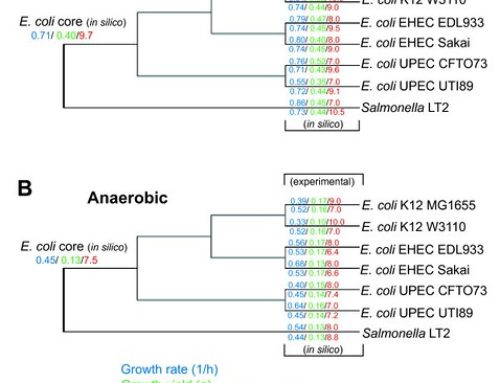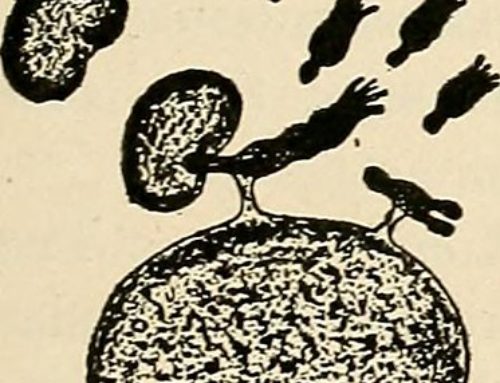Skip to content
Microbiological Metabolism Study Questions
Microbiological Metabolism Study Questions
- Are bacteria generally more resistant to antibiotics when they grow in suspension or in a biofilm? Why?
- Draw and label a typical bacterial growth curve. Describe what is happening during each of the major phases. During which phase will antibiotics that target cell wall synthesis be most effective?
- Describe the difference in the results of a direct cell count vs. a viable cell count of bacteria in a specimen.
- Why is it important to know the specific growth requirements of medically-important bacteria? Can you describe a scenario in which not knowing the specific growth requirements of a bacterium might affect the care of a patient?
- Explain the oxygen requirements of obligate aerobes, obligate anaerobes, and facultative anaerobes.
- List the 2 major toxic molecules produced during aerobic growth and the 2 enzymes produced by some bacteria that inactivate them. Why are they considered to be toxic? What are the breakdown products of these 2 enzymatically-mediated reactions?
- Why do obligate anaerobes usually die in the presence of oxygen?
- What is fermentation? Which bacteria (classified according to their oxygen requirements) carry out fermentation and under what conditions?
- Under what conditions do facultative anaerobic bacteria produce more ATP? Why?
- Draw your own diagram showing the 3 major phases of peptidoglycan synthesis. Keep it simple, but label the major “players” and steps in this process.
- Add to your diagram in # 10, the steps at which the following antibiotics interfere with peptidoglycan synthesis: fosfomycin and cycloserine, vancomycin, β-lactams, bacitracin.
- Describe the general features (overall steps) that the synthesis of peptidoglycan, teichoic acid and LPS have in common.
Like this:
Like Loading...
Related
Share This Story, Choose Your Platform!
Page load link






Leave a Reply